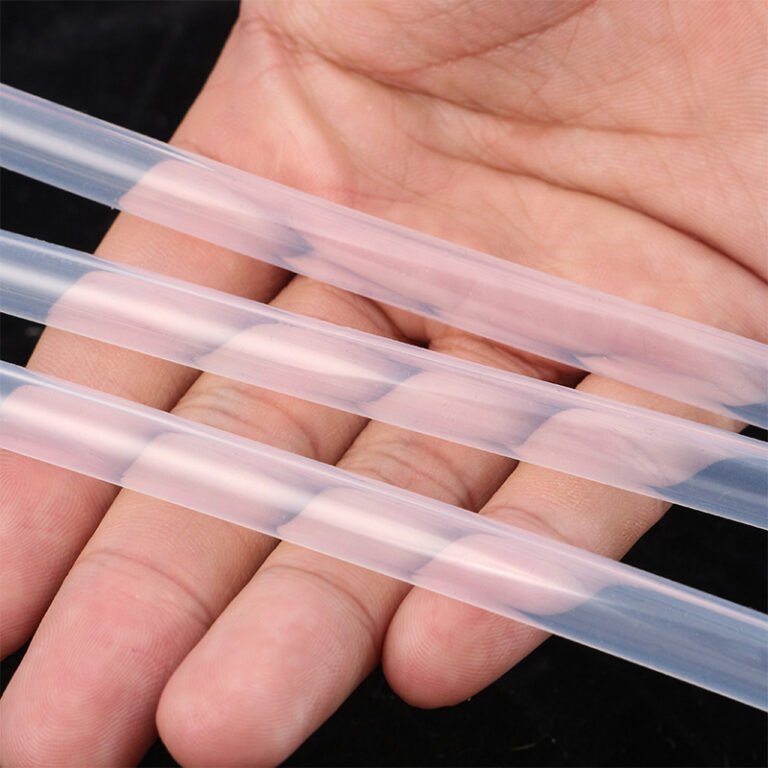What are the requirements for hydraulic pipeline installation?
Hydraulic pipeline installation is the main project of hydraulic equipment installation. Pipeline installation and quality are one of the key factors for the normal operation of hydraulic systems.
When designing pipeline layout and piping, the components to be connected, hydraulic components, pipe joints, and flanges should be considered as a whole based on the hydraulic schematic diagram.
2. The arrangement and direction of pipeline laying should be neat and consistent, with clear layers. Lay pipelines horizontally or vertically as much as possible, with a parallelism of ≤ 2/1000 for horizontal pipelines and ≤ 21400 for vertical pipelines. Check with a spirit level,
3. The pipeline must be equipped to facilitate the loading, unloading, and maintenance of components such as pipelines and hydraulic valves. Any section of pipeline or component in the system should be disassembled as freely as possible without affecting other components.
4. For wave pressure systems with a diameter of less than 50mm, a grinding wheel cutting machine and cutting can be used. Pipes with a diameter greater than 50mm generally need to be cut by mechanical processing. If gas cutting is used, mechanical processing must be used to close the microstructure and changes caused by gas cutting, and at the same time, the welding groove can be flipped out. Except for the return oil pipe, the pressure is cut by the pipeline, and it is not allowed to use a drum type extrusion cutting machine for cutting. The cutting surface of the pipeline must be smooth, without burrs, oxide scale, and slag. The incision should be perpendicular to the axis of the pipeline.
When a pipeline is laid with multiple pipe sections and fittings, they should be connected one by one and complete one pipe section. After assembly, the next section should be equipped to avoid cumulative errors caused by a single welding.
To reduce local pressure loss, the cross-section of the pipeline should avoid rapid local expansion or contraction, as well as sharp bending of the cross-section
7. The pipeline connected to the pipe joint or flange must be a straight pipe, that is, the axis of the pipeline should be parallel and coincide with the axis of the pipe joint and flange.
The length of the straight pipe section should be greater than or equal to twice the diameter of the pipeline.
8. Welding of hydraulic pipelines should use butt welding. Before welding, the groove with a width of 10-20mm and its adjacent surfaces should be cleaned of dirt, oil stains, moisture, and rust spots.
When welding pipelines, spot welding must be performed according to the installation position, followed by disassembly and assembly for shaping
During the entire welding process, measures should be taken to prevent the invasion of wind, rain, and snow. After welding, welds with a wall thickness of less than or equal to 5mm should be naturally cooled at room temperature, and strong winds or water spraying should not be used for forced cooling







